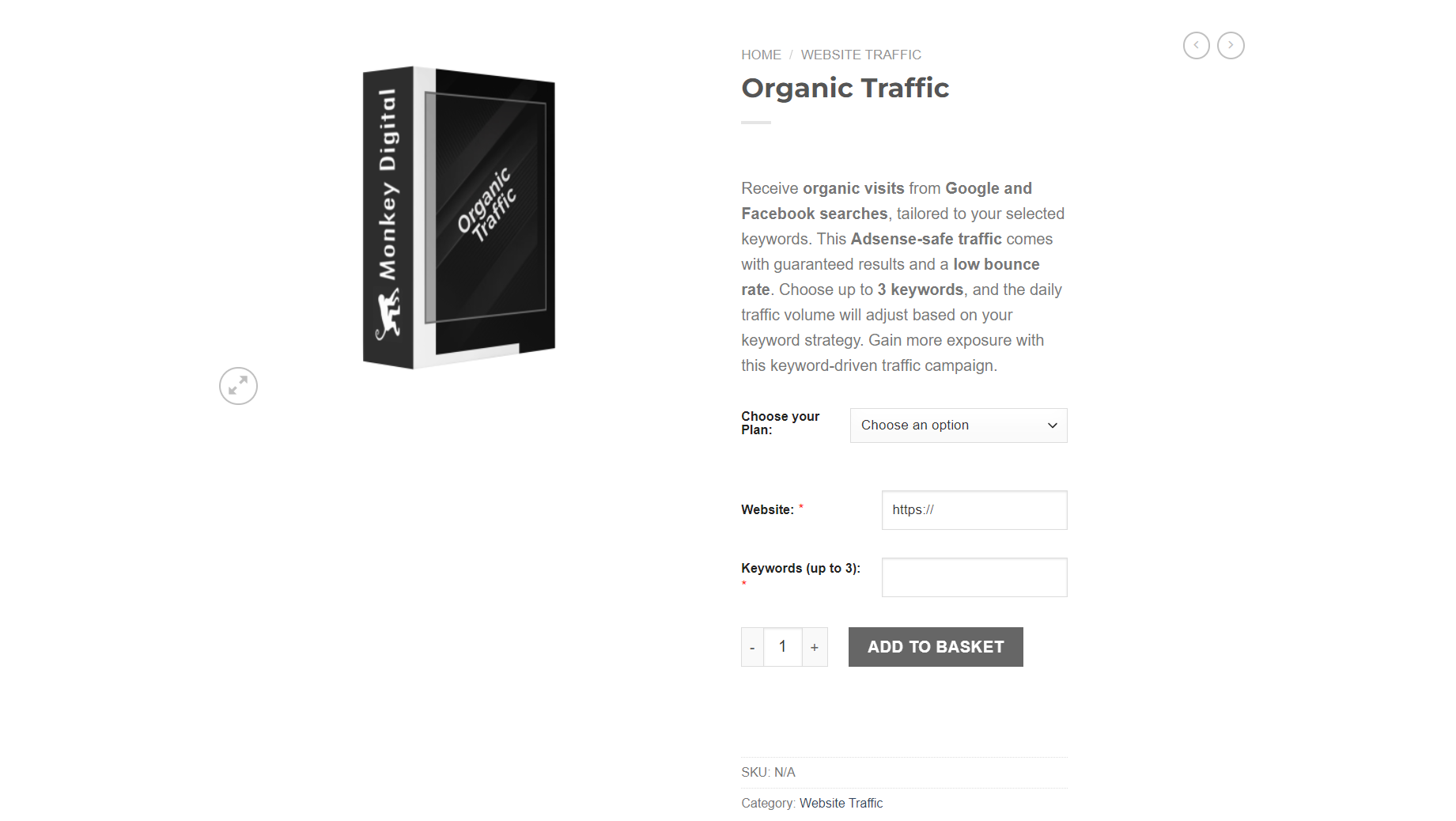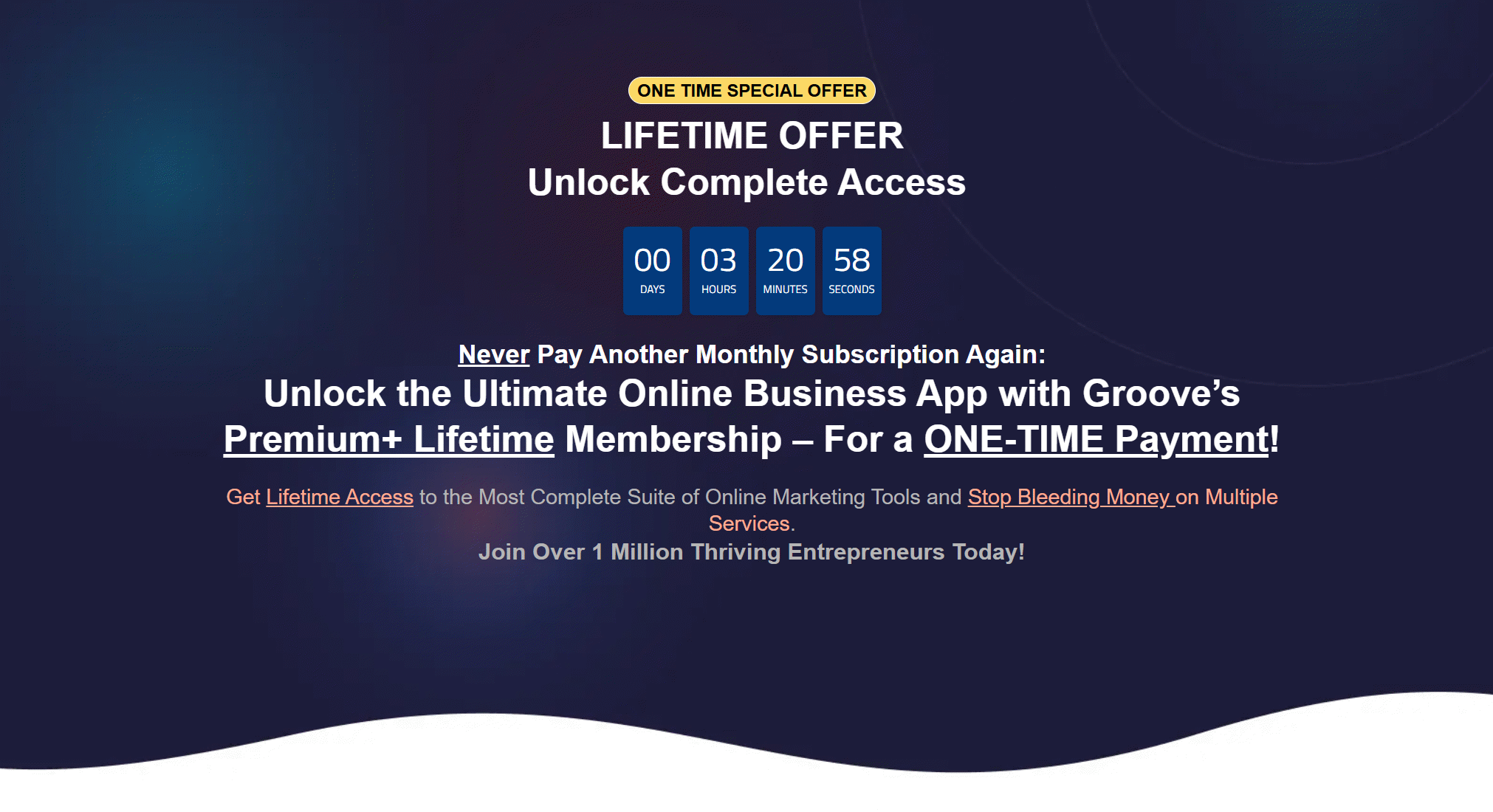In a bustling digital landscape, where every second counts and attention spans are short, catching your audience's eye can feel like an uphill battle. Picture a father who started a small online business and struggled for months to gather meaningful traffic—a situation that many entrepreneurs face. This blog post unveils the significance of driving organic traffic and how it can transform your online presence.
Understanding Organic Traffic
What is Organic Traffic?
Organic traffic refers to visitors who land on your website through unpaid search results. This means they found you through search engines like Google, rather than through paid ads. It's like finding a hidden gem in a thrift store; you didn't pay for it, but it feels even better when you stumble upon it. Organic traffic is essential for building a sustainable online presence.
Why is Organic Traffic Important?
Website visibility is crucial. When people search for information, they often trust organic results more than paid ads. In fact, 75% of users never scroll past the first page of search results. This statistic highlights the importance of ranking well in search engines. If your site appears on the first page, you’re more likely to attract genuine visitors.
Organic vs. Paid Traffic
There’s a significant difference between organic and paid traffic. Paid traffic comes from advertisements. You pay for clicks, impressions, or conversions. Organic traffic, however, is free and often more credible. Think of it this way: paid traffic is like renting a house; you can live there temporarily but don't own it. Organic traffic is like owning your home; it’s yours to keep.
Organic Traffic: Free and often leads to higher engagement.
Paid Traffic: Costs money but can provide quick results.
While paid traffic can be effective for immediate results, organic traffic tends to foster a deeper connection with visitors. People often feel more inclined to trust a website that appears organically in search results. After all, they found it through their own search, not through an advertisement.
The Impact of Organic Traffic on SEO
Organic traffic is a vital component of SEO (Search Engine Optimization). It contributes to long-term online success. The more quality content and relevant keywords you use, the higher your chances of attracting organic visitors. This is because search engines prioritize sites that provide valuable information.
As John Doe wisely stated,
"Organic traffic is the lifeblood of any digital marketing strategy that prioritizes sustainability and long-term visibility."
This quote emphasizes the importance of focusing on organic strategies for lasting success.
Engagement and Organic Traffic
Another advantage of organic traffic is engagement. Studies show that organic traffic usually leads to higher engagement than paid traffic. Visitors who arrive organically are often more interested in what you have to offer. They are typically looking for specific information, making them more likely to interact with your content.
Understanding organic traffic and its significance lays the groundwork for developing effective strategies to attract genuine visitors. By focusing on organic methods, websites can build a loyal audience over time.
Tailoring Your Keyword Strategy
Choosing the right keywords is crucial for anyone looking to boost their online presence. But what does that really mean? It’s not just about picking popular words. It’s about understanding your audience. What are they searching for? What problems are they trying to solve? The answers to these questions can guide your keyword selection.
Researching Keyword Effectiveness
Researching keyword effectiveness is like being a detective. You need to gather clues about what works and what doesn’t. Tools like Google Keyword Planner or Ahrefs can help you find the right keywords for your niche. They show you search volume and competition levels. This information is gold. It helps you identify which keywords can drive traffic to your site.
Search Volume: How many people are searching for this keyword?
Competition: How many others are trying to rank for it?
Relevance: Does this keyword relate to your content?
By analyzing these factors, you can make informed decisions. You’ll know which keywords to prioritize and which to avoid. Remember, the goal is to attract visitors who are genuinely interested in what you offer.
Utilizing Long-Tail Keywords
Let’s talk about long-tail keywords. These are phrases that are longer and more specific. For example, instead of targeting “shoes,” you might choose “best running shoes for flat feet.” Why focus on long-tail keywords? Because they often lead to higher conversion rates. In fact, 30% of users search with long-tail keywords, leading to a 10x higher conversion rate compared to generic terms. This specificity helps you connect with potential customers who are ready to buy.
Balancing Competitiveness and Search Volume
Finding the right balance between competitiveness and search volume is like walking a tightrope. You want keywords that have enough search volume but aren’t too competitive. Otherwise, your content may never get seen. It’s a delicate dance. If a keyword is too competitive, it may be wiser to go for a less popular one that you can rank for more easily.
As Jane Smith wisely said,
“The right keywords unlock the door to a world of organic traffic waiting to discover your content.”
This couldn’t be more true. Your keyword strategy is the backbone of driving organic traffic. It requires focused attention and thorough research.
In conclusion, tailoring your keyword strategy is not a one-time task. It’s an ongoing process. By constantly refining your approach, you can keep your content relevant and engaging. The right keywords can lead to a significant increase in traffic and conversions. So, take the time to choose wisely.
The Role of Content Quality
Content quality plays a crucial role in the success of any website. It’s not just about filling pages with words. It’s about creating a connection with visitors. Engaging content captivates readers and keeps them on the page. But what does it mean to create engaging content? Let’s explore this further.
1. Creating Engaging Content for Visitors
Engaging content is like a magnet. It pulls visitors in and encourages them to stay longer. Think of it as a conversation. If the conversation is interesting, people will want to listen. They will want to engage. This is why it’s important to understand your audience. What are their interests? What problems do they need solving?
Use storytelling techniques to draw readers in.
Ask questions to provoke thought and invite interaction.
Provide valuable insights that resonate with your audience.
When content speaks directly to visitors, it creates a personal connection. This connection reduces bounce rates and encourages visitors to explore more.
2. Utilizing SEO Best Practices in Writing
SEO, or Search Engine Optimization, is essential for visibility. It’s not enough to create great content. You also need to ensure that it can be found. Use relevant keywords naturally throughout your writing. This helps search engines understand your content.
Here are some SEO best practices:
Incorporate keywords in titles and headings.
Use meta descriptions to summarize content effectively.
Link to credible sources to build authority.
Following these practices can enhance your site’s ranking. As Michael Brown wisely said,
"Quality is much better than quantity. It is better to have fewer relevant visitors than many irrelevant ones."
This rings true when it comes to SEO.
3. Regularly Updating Content for Relevance
Content can become stale quickly. Regular updates keep your site fresh and relevant. This not only helps with SEO but also shows visitors that you care. They are more likely to return if they see new information. Think of your website as a living entity. It needs nourishment and care.
Consider these tips:
Schedule regular content reviews.
Update outdated statistics or information.
Introduce new topics based on current trends.
4. Using Multimedia to Enhance User Experience
Text alone can be overwhelming. This is where multimedia comes into play. Images, videos, and infographics can break up text and make content more engaging. They help to illustrate points and keep visitors interested.
For example:
Use images to complement your text.
Incorporate videos for deeper engagement.
Utilize infographics to simplify complex information.
Quality content not only attracts traffic but ensures that visitors remain engaged. They continue exploring your site, which is the ultimate goal.
In conclusion, focusing on content quality is essential. It creates a better experience for visitors and improves your site’s performance. By engaging your audience, utilizing SEO, updating regularly, and incorporating multimedia, you can create a website that stands out. Quality truly matters.
Boosting Engagement Through Social Media
In today's digital age, social media is more than just a platform for sharing photos or catching up with friends. It has evolved into a powerful tool for businesses aiming to enhance their organic reach and drive traffic. Let's explore how social media can be leveraged effectively.
1. Utilizing Facebook for Organic Reach
Facebook remains a dominant player in the social media landscape. With billions of active users, it offers a vast audience. But how can businesses tap into this potential?
Post Regularly: Frequent updates keep your audience engaged and informed.
Engage with Comments: Responding to comments fosters a sense of community.
Use Facebook Live: Live videos often receive higher engagement rates than standard posts.
These strategies can significantly boost your organic reach. After all, who wouldn’t want to connect with a larger audience?
2. Driving Traffic via Social Media Shares
Every share on social media is like a vote of confidence in your content. Each share can lead to new visitors. But how can businesses encourage this?
Create Shareable Content: Infographics, videos, and interesting articles are more likely to be shared.
Use Call-to-Actions: Encourage your audience to share your posts with clear prompts.
Leverage Influencers: Collaborating with influencers can amplify your reach.
When followers share your content, they become ambassadors for your brand. It's a win-win!
3. Encouraging User-Generated Content
User-generated content (UGC) is a goldmine for brands. It not only provides authentic content but also engages the community. How can businesses encourage UGC?
Contests and Challenges: Encourage followers to share their experiences with your products.
Feature Customers: Highlighting customer posts can motivate others to share.
Create a Unique Hashtag: A catchy hashtag can help track and promote UGC.
UGC not only enhances engagement but also builds trust. People trust their peers more than brands.
4. Creating Compelling Visual Content
Visual content is king in the world of social media. It captures attention quickly. But what makes visual content compelling?
High-Quality Images: Invest in good photography to showcase your products.
Videos and Animations: These can convey messages more effectively than static images.
Consistency in Branding: Use a consistent style to make your brand recognizable.
As Lisa Wong wisely stated,
"Your level of engagement directly affects the amount of organic traffic you can drive."
So, creating engaging visuals is essential.
Integrating these social media strategies into your marketing approach creates a multifaceted opportunity for attracting organic traffic. By focusing on engagement, businesses can foster a loyal community that drives long-term success.
Measuring Success: The Traffic Metrics to Monitor
In the vast landscape of digital marketing, understanding traffic metrics is crucial. Marketers are constantly searching for ways to optimize their strategies. But how do they know if their efforts are paying off? The answer lies in key metrics.
Key Metrics for Tracking Traffic Flow
Traffic flow can be measured through various metrics. Each one tells a different story about user engagement. Here are some essential metrics to keep an eye on:
Bounce Rate: This indicates the percentage of visitors who leave after viewing only one page.
Average Session Duration: This measures how long visitors stay on your site.
Pages per Session: This shows how many pages a visitor views in one session.
By monitoring these metrics, marketers can gain insights into user behavior. But it doesn’t stop there.
Analyzing Bounce Rate and Time on Site
Analyzing bounce rate is vital. A high bounce rate may indicate that visitors aren’t finding what they expect. On the other hand, a low bounce rate suggests that users are engaged. Time on site is another important factor. Engaging websites typically see users staying between 2 to 5 minutes. This is a positive sign.
So, what does it mean for your site? If users are bouncing quickly, it might be time to reevaluate your content. Are you providing value? Are your headlines compelling enough? These questions can guide your strategy.
Utilizing Analytics Tools for Insights
Analytics tools are your best friends in this journey. They provide data that can inform your decisions. Google Analytics, for instance, offers a wealth of information. You can track visitor demographics, behavior, and traffic sources. This data can help marketers understand which strategies are effective and which need adjustment.
Adjusting Strategies Based on Data
Data is not only king; it's your compass in navigating the intricate web of digital marketing. As Chris Adams wisely stated, this information can guide your adjustments. Regularly analyzing metrics allows for ongoing optimization. If something isn’t working, change it. Adaptation is key.
Establishing Benchmarks for Success
Establishing benchmarks for success is essential. What does success look like for your site? By setting goals, you can measure your progress. This provides clarity and direction.ebsites can have average session durations between 2 to 5 minutes.
In conclusion, understanding and analyzing relevant traffic metrics allows marketers to continually refine their strategies to achieve better results. By focusing on key metrics, analyzing user behavior, and utilizing analytics tools, marketers can make informed decisions. Adjusting strategies based on data not only improves performance but also enhances user experience. Remember, the goal is to create a website that engages visitors and keeps them coming back. With the right metrics in hand, success is within reach.



